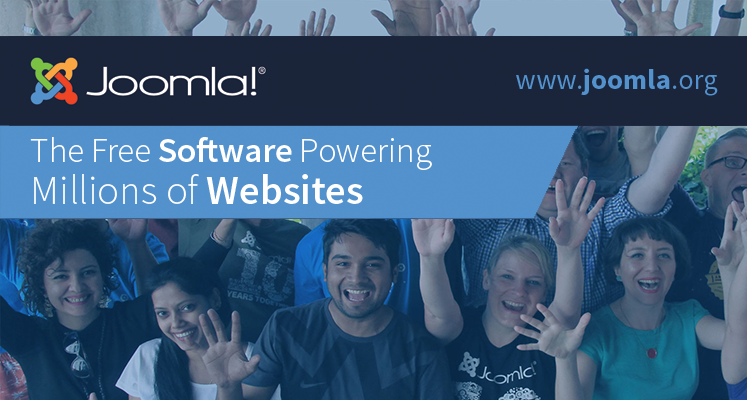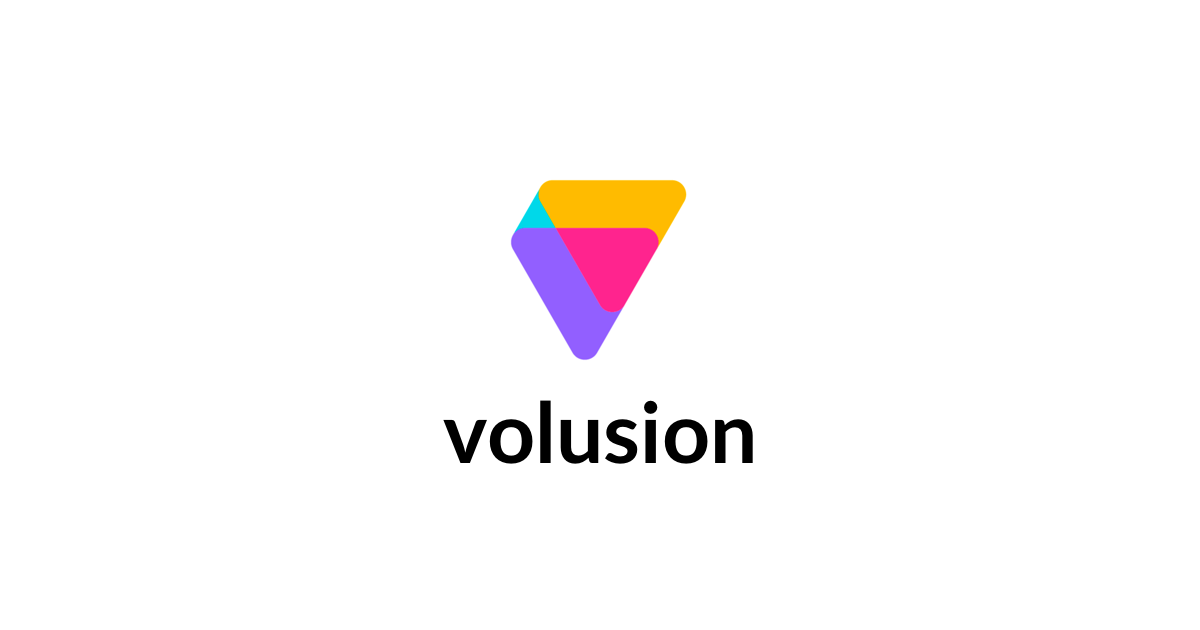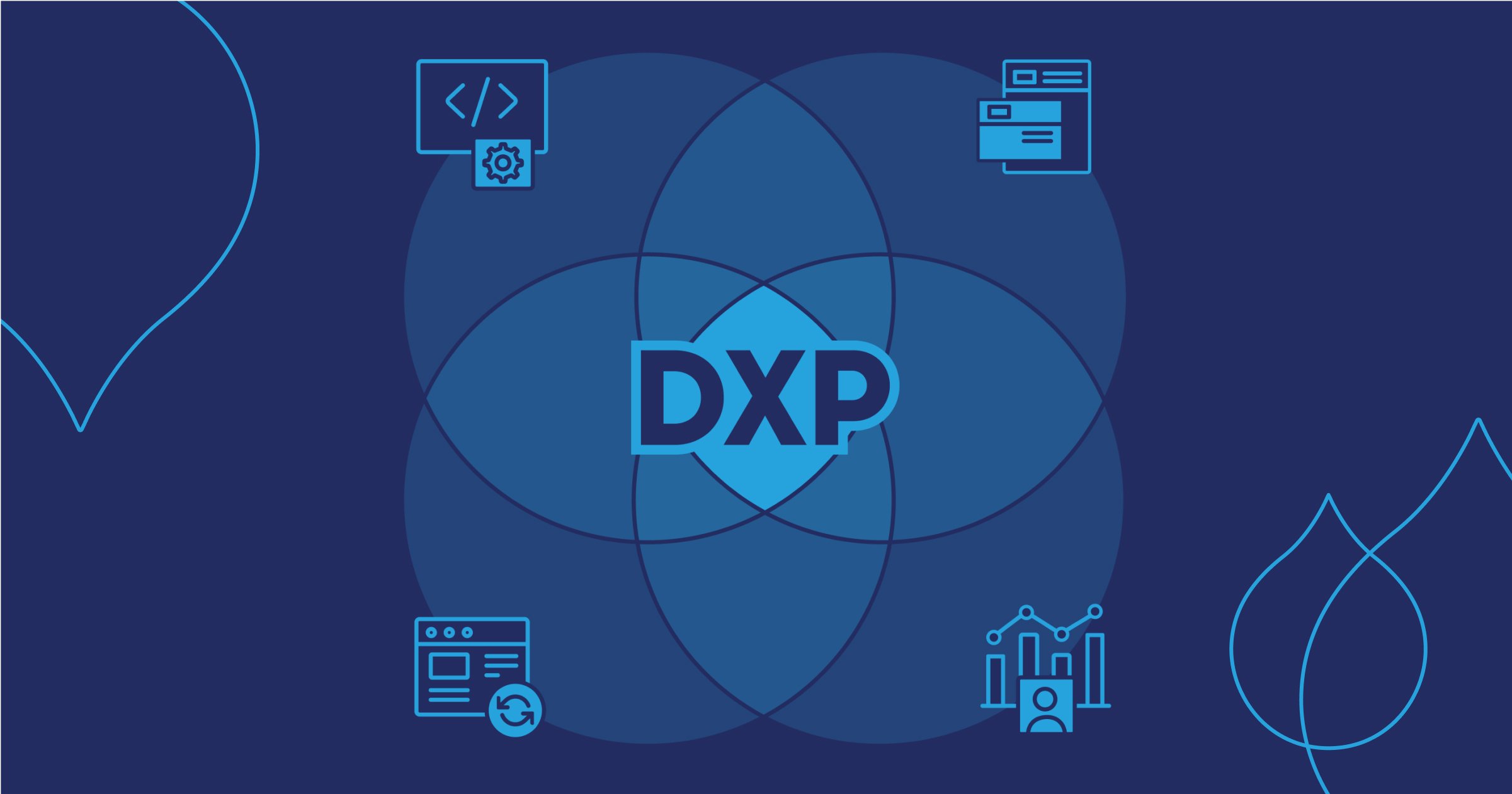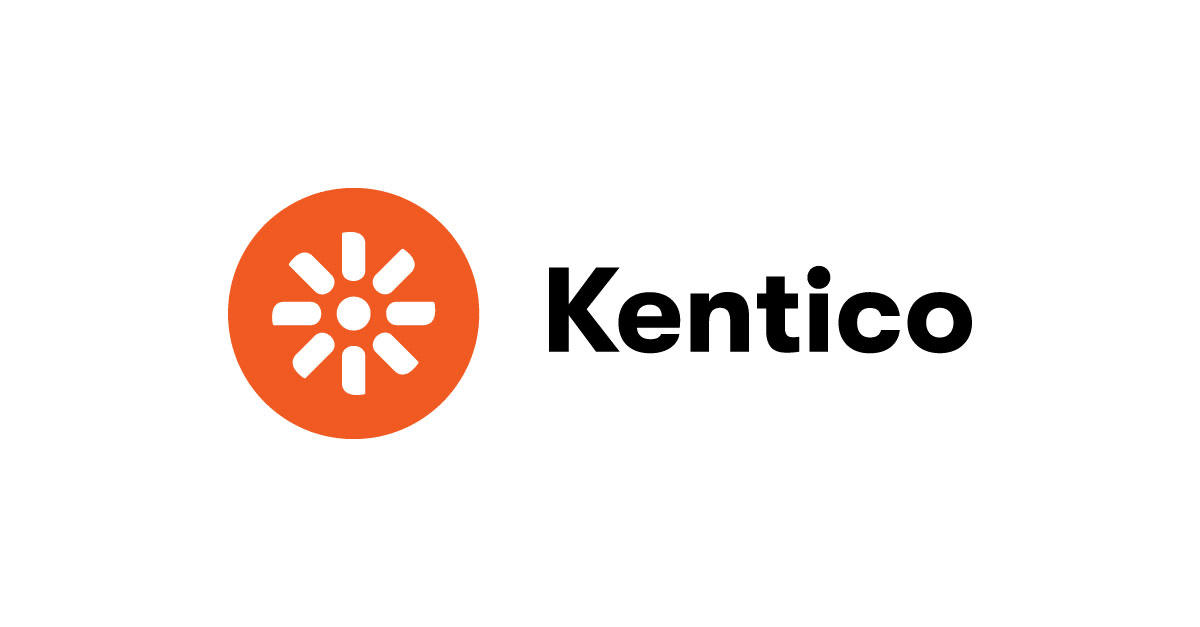Introduction
As the importance of digital experiences continues to rise, having the right content management system (CMS) is essential for businesses of all sizes. A CMS acts as the backbone for company websites, marketing sites, blogs, and beyond. They provide tools to easily create, manage and publish content. With so many options on the market, it can be difficult to determine the best CMS for specific needs and budget. This comprehensive analysis examines 15 top CMS platforms based on a variety of qualitative and quantitative factors to identify the leading solutions for creating engaging digital experiences in the new year.
Methods of Evaluation
Each CMS was evaluated based on key criteria including features and capabilities, ease of use, pricing and plans, support and community, as well as metrics like number of monthly visitors and downloads, customer reviews, and search volume and keyword trends. Special consideration was also given to backlink profile, traffic sources, and referral domains which can provide valuable third-party insights into a platform’s popularity and authority on the web. The platforms were then ranked based on composite scores across all categories to determine the overall leader and highlight other strong performers.
1. WordPress
WordPress is one of the most popular content management systems (CMS) and blogging platforms on the internet. According to WordPress.org, WordPress powers over 35% of all websites on the internet today. WordPress was originally created as a blogging platform but has evolved to be used as a full content management system and is capable of building complex websites beyond just blogs.
Pros: Some key advantages of using WordPress include:
– Highly customizable with thousands of plugins available to extend functionality
– Super lightweight and fast loading times even for complex sites
– Intuitive and easy to use WYSIWYG editor makes managing content simple
– Open source and free to use so there are no licensing fees
– Large community and support resources available for help online
Cons: A potential disadvantage of WordPress is that because it is so customizable and has so many plugins available, there is a steeper learning curve to become proficient with WordPress compared to simpler CMS options. Administrators need to learn about proper security practices and how to safely install, update and manage plugins to avoid site vulnerabilities.
Pricing: The basic WordPress software is free and open source. There are also a variety of hosted WordPress solutions and themes/plugins available for purchase. Self-hosted WordPress plans on WordPress.com start at $4/month while popular hosting providers like Bluehost, SiteGround and AWS offer WordPress hosting starting around $3-5/month.
Some key stats about WordPress include:
– Over 60 million websites run on WordPress including high profile sites like CNN, Spotify and MTV
– New WordPress sites are created at an average rate of 4 new sites per second
– WordPress has a huge community with over 1.5 million active plugin developers and contributors
2. Adobe Experience Manager
Adobe Experience Manager (AEM) is a content management system developed by Adobe. As part of Adobe’s digital experience platform, AEM allows users to manage digital marketing and commerce experiences across web, mobile, social and other digital channels. With powerful WCM capabilities and seamless integration with other Adobe tools like Adobe Experience Manager Assets, Adobe Experience Manager Forms and Adobe Experience Manager Sites, AEM offers a robust CMS platform.
Pros: Key advantages of AEM include:
– Part of Adobe’s digital experience platform for a unified solutions
– Powerful WCM capabilities for managing websites and digital experiences
– Seamless integration with other Adobe tools like Creative Cloud
– Strong API for custom development and extensions
Cons: A potential disadvantage is the high total cost of ownership due to expensive licensing and support costs especially for larger deployments.
Pricing: AEM pricing is based on annual subscriptions starting at $150 per author per month. Additional fees apply for licensing of additional user types like publish instances. On-premise deployment requires additional costs for setup, hosting and support.
Some key stats about AEM include:
– Used by over 5,000 companies globally including McDonald’s, Coca-Cola, Disney and Toyota
– Serves over 15 trillion web requests annually
– Over 30 years of experience in digital content management
3. Shopify
Shopify is a leading e-commerce platform that allows businesses of all sizes to set up an online storefront and sell products. With over 1 million merchants using Shopify, it is one of the most popular options for businesses looking to establish an online presence. Shopify offers merchants everything they need to build, manage and grow their business all in one place.
Pros: Some of the key advantages of using Shopify include:
– All-in-one commerce solution – Shopify handles everything from building a storefront to payment processing to shipping and fulfillment.
– Range of plan options and pricing – Plans start from $29/month with larger stores able to scale as their needs grow.
– Apps enrich stores functionality – Over 4,000 official apps allow merchants to add features like loyalty programs, inventory management and more.
Cons: One potential disadvantage is that Shopify stores may lack customization compared to building a site from scratch. However, Shopify’s drag-and-drop interface and range of themes make customization fairly easy for non-technical users.
Pricing: Shopify offers several pricing plans including:
– Shopify Lite: $9/month – Basic ecommerce functionality with limited customization
– Shopify: $29/month – Full functionality with two user accounts
– Advanced Shopify: $79/month – Additional features like discounted and wholesale pricing
Some key stats about Shopify include:
– Over 1 million merchants globally using the platform
– Available in over 175 countries
– Offers plans starting from $29/month with no transaction or setup fees
– Facilitated over $175 billion in global commerce in 2021
– Integrates with over 4,000 apps and services to enhance store functionality
4. Wix
Wix is a leading Website Builder platform that allows users to build fully customizable and feature-rich websites without any coding experience. Founded in 2006 and headquartered in Tel Aviv, Israel, Wix has over 180 million users across 190 countries.
Pros: Key advantages of using Wix include:
– No coding required to build beautiful responsive sites
– 500+ professionally designed templates to choose from
– Robust ecosystem of 3rd party applications that can be added to sites
– Strong SEO and mobile optimization capabilities built-in
Cons: A key potential disadvantage is that customization capabilities are somewhat limited compared to platforms that allow coding. Advanced developers may prefer a platform with more flexibility.
Pricing: Wix offers a free basic plan as well as premium monthly/annual subscription plans starting at $13/month for the Combo plan which unlocks more features and capabilities.
Some key stats about Wix include:
– 180 million+ users worldwide
– hosts over 180 million websites
– adds 1 million new sites per month
– hosts 500+ designer templates
5. Squarespace
Squarespace is a leading all-in-one website building and hosting platform. Founded in 2004, Squarespace allows anyone to create professional quality websites or online stores through an intuitive drag-and-drop interface without any coding required.
Pros: Some of the key advantages of using Squarespace include:
– All-in-one solution for building, hosting, maintaining and marketing a website or online store
– Beautiful drag-and-drop templates that are fully responsive
– Ecommerce functionality built-in with no additional plugins required
– Excellent customer support through multiple channels
Cons: One potential disadvantage is that customization options beyond basic design changes and content additions may require knowledge of HTML/CSS or hiring a developer. Compared to self-hosted solutions, you have less control over the hosting environment.
Pricing: Squarespace offers multiple pricing plans starting from $12 per month for an annual plan. More advanced ecommerce and custom domain plans start at $18 per month. All plans include a free domain name for one year.
Some key stats about Squarespace include:
– Over 1 million paying customers worldwide
– Over 500,000 unique monthly visitors
– 24/7 customer support via phone, email and chat
– Over 100 beautifully designed templates for any type of site
6. Drupal
Drupal is an open source content management system (CMS) built on PHP and MySQL. It has been around since 2001 and has a large, active community behind it. With over 1 million sites running on Drupal, including WhiteHouse.gov, it is one of the most popular open source CMS options available.
Pros: Some key advantages of using Drupal include:
– Very flexible and customizable – Drupal can be molded to meet nearly any need through its plugins and modules.
– Strong for large and complex websites – Thanks to its modular architecture, Drupal can easily scale to handle very large sites.
– Open source with active community – Being open source means there are always developers available to assist and the code is open to improvement.
– Wide range of modules available – Over 25,000 community modules extend Drupal’s capabilities.
Cons: One potential disadvantage is that Drupal’s flexibility comes at the cost of it having a steeper learning curve compared to simpler CMS options. It takes more time and technical expertise to fully utilize all its capabilities.
Pricing: Drupal is open source and free to download, install and use. Some subscription-based support options are available from companies like Acquia, though self-hosting and support from the community forums are also options.
Some key stats about Drupal include:
– Over 1 million sites run on Drupal globally
– Available in over 80 languages
– Has over 25,000 community-contributed modules available
– Active community of over 1 million developers
7. Joomla
Joomla is an open source content management system (CMS) that makes it easy to create interactive websites and powerful online applications. Since 2005, Joomla has become one of the most popular CMS platforms due to its flexibility and user-friendly administration panel.
Pros: Some key advantages of using Joomla include:
– Free and open source: Joomla is free to download and use with no licensing fees. The source code is also open for anyone to improve and contribute.
– Easy to use interface: Joomla’s drag-and-drop page builder and administrative dashboard are intuitive to use for both technical and non-technical users.
– Robust collection of extensions: Joomla has an extensive library of free and paid extensions that can extend functionality for ecommerce, calendars, forums, and more.
– Support for various database systems: Joomla works with MySQL, Microsoft SQL Server, PostgreSQL, and other database systems.
Cons: One potential disadvantage of Joomla is that new versions sometimes require manual updating and migration of old sites. Keeping sites updated with the latest Joomla version helps ensure access to ongoing security patches and new features.
Pricing: Joomla is free and open source software. There are no licensing fees to download or use the CMS. However, commercial support and premium extensions/templates are available for purchase starting from $49/year.
Some key stats about Joomla include:
– Used by over 30 million websites globally
– Supported in 65+ languages
– Actively maintained by an open source community of over 1,500 developers
– Robust collection of over 10,000 free and paid extensions available
Joomla.orgThe Flexible Platform Empowering Website Creatorsjoomla.org
8. Webflow
Webflow is a drag-and-drop CMS and website builder. Founded in 2013 and based in San Francisco, Webflow allows users to build fully customized websites visually without coding. Websites are built entirely in the browser using Webflow’s visual editor and published as responsive HTML, CSS, and JavaScript code.
Pros: Some key advantages of Webflow include: its visual drag-and-drop interface for building websites without coding; the ability to publish websites as standards-compliant HTML, CSS and JavaScript for speed and customization; integrations with other platforms like Shopify for ecommerce; and a focus on design and performance out of the box.
Cons: One potential disadvantage of Webflow is that the visual editing environment and steep learning curve may not be suited for developers accustomed to coding websites from scratch.
Pricing: Webflow offers three pricing tiers: Basic at $12/month, Professional at $24/month, and Business at $48/month. Pricing scales with storage, users/collaborators, and advanced features like custom domains and APIs.
Some key stats about Webflow include: – Used by over 150,000 designers and agencies worldwide. – Supports over 50 integrations including Shopify, WordPress, and Adobe CC. – Named one of Fast Company’s Most Innovative Companies in 2022.
9. BigCommerce
BigCommerce is an all-in-one ecommerce platform that allows businesses to build, manage, and grow their online stores. Founded in 2009 and headquartered in Austin, Texas, BigCommerce has powers over 60,000 online stores in 150 countries.
Pros: Some key advantages of using BigCommerce include:
– All-in-one commerce solution that handles everything from checkout to reporting
– Wide selection of responsive storefront templates for quick and easy site building
– Robust ecosystem of native apps and integrations for expanding functionality
– Strong focus on site performance and speed for improved conversion rates
Cons: One potential disadvantage is that the more advanced/custom storefront templates and features are only available on higher pricing plans.
Pricing: BigCommerce offers three main pricing tiers – Standard, Plus and Pro. Pricing starts from $29.95/month for Standard and goes up to $299.95/month for Pro which unlocks more advanced features like multiple locations and volumes.
Some key stats about BigCommerce include:
– Powers over 60,000 online stores globally
– Supports over 150 different currencies and languages
– Offers over 500 native apps and integrations with Shopify, Amazon, Etsy and more
– Developers can build custom apps on BigCommerce’s open API
10. Magento
Magento is a leading eCommerce platform developed by Adobe. Originally started as open source software in 2008, Magento is now offered both as open source and a commercially hosted option called Adobe Commerce. It provides merchants with a flexible platform to build both B2B and B2C online stores.
Pros: Some of the key advantages of Magento include:
– Leading eCommerce platform with robust functionality for scaling complex stores
– Flexible options to deploy either as open source or use the hosted Adobe Commerce version
– Powerful catalog and inventory management tools to manage large product catalogs
– Integrates seamlessly with many popular third party services to extend functionality
Cons: One potential disadvantage is that Magento is more advanced and complex than some simpler eCommerce platforms which can require more technical expertise to customize and maintain.
Pricing: Pricing for Magento varies based on features and hosting but generally starts around $150/month for the Adobe Commerce hosted plan and is free to use for the open source version.
Some key facts about Magento include:
– Used by over 250,000 online merchants worldwide
– Supports sales in over 130 currencies
– Integrates with common 3rd party services like PayPal, Amazon, and Shopify
– Supports multi-site, multi-store, and multi-channel capabilities
11. Sitefinity
Sitefinity is an enterprise-level content management system developed by Progress. As an open and flexible CMS platform, Sitefinity allows users to develop, deploy, and manage engaging web and mobile applications. It provides businesses with a unified system to optimize the entire digital experience.
Pros: Some key advantages of Sitefinity include:
– Visual and WYSIWYG editing for rich content authoring
– Advanced marketing capabilities like personalization, search, and analytics
– Robust API and developer framework for highly customizable solutions
– Flexible content modeling and types for any digital content
– Mobile-optimized and responsive themes for consistent omni-channel experiences
Cons: A potential disadvantage is that as an enterprise platform, Sitefinity may be overkill for some smaller businesses or sites with simpler needs. The learning curve and costs could be higher compared to less full-featured open source or entry-level CMS options.
Pricing: Sitefinity is commercially licensed with pricing varying based on features, customization requirements, and level of support needed. It has both on-premise and cloud-hosted SaaS deployment options. A free 30-day trial is available on their website.
Some key facts about Sitefinity include:
– Used by over 5000 customers worldwide across all industries
– 15+ years of product development and continuous improvement
– Supports content delivery in 40+ languages
– Integrates with .NET, PHP, and Java technologies
– Deployed on-premises, in private or public clouds
12. Volusion
Volusion is a leading content management and ecommerce platform used by over 60,000 stores worldwide. Founded in 1999, Volusion provides merchants with an all-in-one solution to design, build, and manage online stores. With Volusion, merchants can create stunning, responsive websites, manage products and inventory, process orders, and analyze sales without needing to code or hire developers.
Pros: Some key advantages of Volusion include:
– Feature-rich e-commerce tools to manage your store, products, orders, customers and marketing
– Advanced catalog and inventory management abilities
– Built-in marketing features like coupons, rewards programs, newsletters and abandoned cart reminders
– Supports major payment providers like PayPal, Braintree, Stripe and Authorize.Net
Cons: One potential disadvantage is that for more advanced uses, the higher tier paid plans may be required which can increase costs for larger stores and businesses.
Pricing: Volusion offers three pricing tiers:
– Basic Plan starting at $15/mo (good for smaller stores)
– Professional Plan starting at $40/mo
– Advanced Plan starting at $80/mo (best for larger stores and businesses)
Some key stats about Volusion include:
– Over 60,000 stores built on the Volusion platform
– Live customer support 24/7/365
– Integrations with over 100+ apps and payment gateways
– Secured and hosted on AWS for high performance and reliability
13. Grav
Grav is an open source PHP flat-file content management system (CMS) that provides a simple yet powerful platform for managing content. As a flat-file CMS, Grav stores all data in simple text files within the web folder allowing for greater flexibility and easier project migration compared to traditional database-driven CMSs. Easy to set up and use, Grav is purpose-built to be customizable with a robust plugin architecture and a library of premium and free themes.
Pros: Some key advantages of Grav include:
– Extremely flexible flat-file architecture for customization and easy migration
– Ridiculously simple to set up, install and use right out of the box
– Lightning fast load times without need for database queries
– Completely customizable and extensible through robust plugin and theme ecosystem
Cons: The main disadvantage of Grav is that it requires an understanding of basic PHP in order to modify core files or develop advanced plugins and themes. For non-developers, advanced customization options may be limited compared to graphical CMS interfaces.
Pricing: Grav is freely available as open source software under an MIT license. While the core platform is free to use, some premium themes and plugins are available for purchase through the Grav Market plugin starting at around $50.
Some key stats and facts about Grav include:
– Over 1 million downloads since launch in 2013
– Actively maintained by RocketTheme and a dedicated developer community
– Supports a huge catalog of plugins (over 600) and themes (over 80 free and paid)
– Focused on superior performance leveraging flat-file structure for blazing fast load times
14. Acquia
Acquia is a leading content management software company founded in 2007 and based in Burlington, Massachusetts. It provides a full-service digital experience platform for building, delivering and optimizing digital experiences on Drupal.
Pros: Some key advantages of Acquia include: Leading commercial support for Drupal, PaaS deployment and hosting options to easily scale sites, Professional services and support from a large global team, Strong developer tools and training resources to help customers get the most from Drupal
Cons: Potential disadvantages could include the platform being expensive for smaller businesses and organisations compared to some open-source self-hosted options
Pricing: Acquia pricing starts at around $2,000/month for smaller sites up to custom enterprise agreements. Key paid plans include Professional, Team and Elite offering increasing levels of functionality, support and tools.
Some key stats about Acquia include: Serves over 1,500 enterprise customers including Samsung, Boston Globe and Toyota, Manages over 100,000 Drupal sites, Supported 1 billion unique visitors per month in 2021
15. Kentico
Kentico is a digital experience platform (DXP) that allows organizations to manage their digital content and entire customer experiences across various channels from a single location. Founded in 2004, Kentico is based in the Czech Republic and United States and powers over 4,500 websites worldwide.
Pros: Some key advantages of Kentico include:
– Great for developing complex websites with robust functionality like dynamic pages, forms, workflow etc.
– Robust eCommerce functionality with features like catalog management, shopping cart, orders etc.
– Seamless integration with major platforms like Microsoft Azure for scalability and performance.
– Visual tools and components that allow non-technical users to make content and experience updates easily.
Cons: One potential disadvantage could be the learning curve for some of the more advanced features which may require developer assistance initially.
Pricing: Kentico offers different pricing tiers – from free for small sites to enterprise plans based on number of pages, users, and technical support required. It also offers subscriptions with annual contracts and SaaS/hosted options.
Some key stats about Kentico include:
– Over 4,500 websites powered globally
– Used across various industries like healthcare, financial services, manufacturing etc.
– Supports 35 languages out of the box
– Integrates with over 50 platforms including Azure, Salesforce, Oracle etc.
Conclusion
While every business has unique digital experience needs, this analysis aimed to systematically identify the industry leaders based on robust multi-dimensional evaluation. The top options showcase a mix of developer-friendly open source platforms as well as visual drag-and-drop builders ideal for non-technical users. Regardless of specific use case or technical skills, these high-performing CMS platforms empower organizations to build powerful digital experiences that drive engagement, conversions and business growth.
















